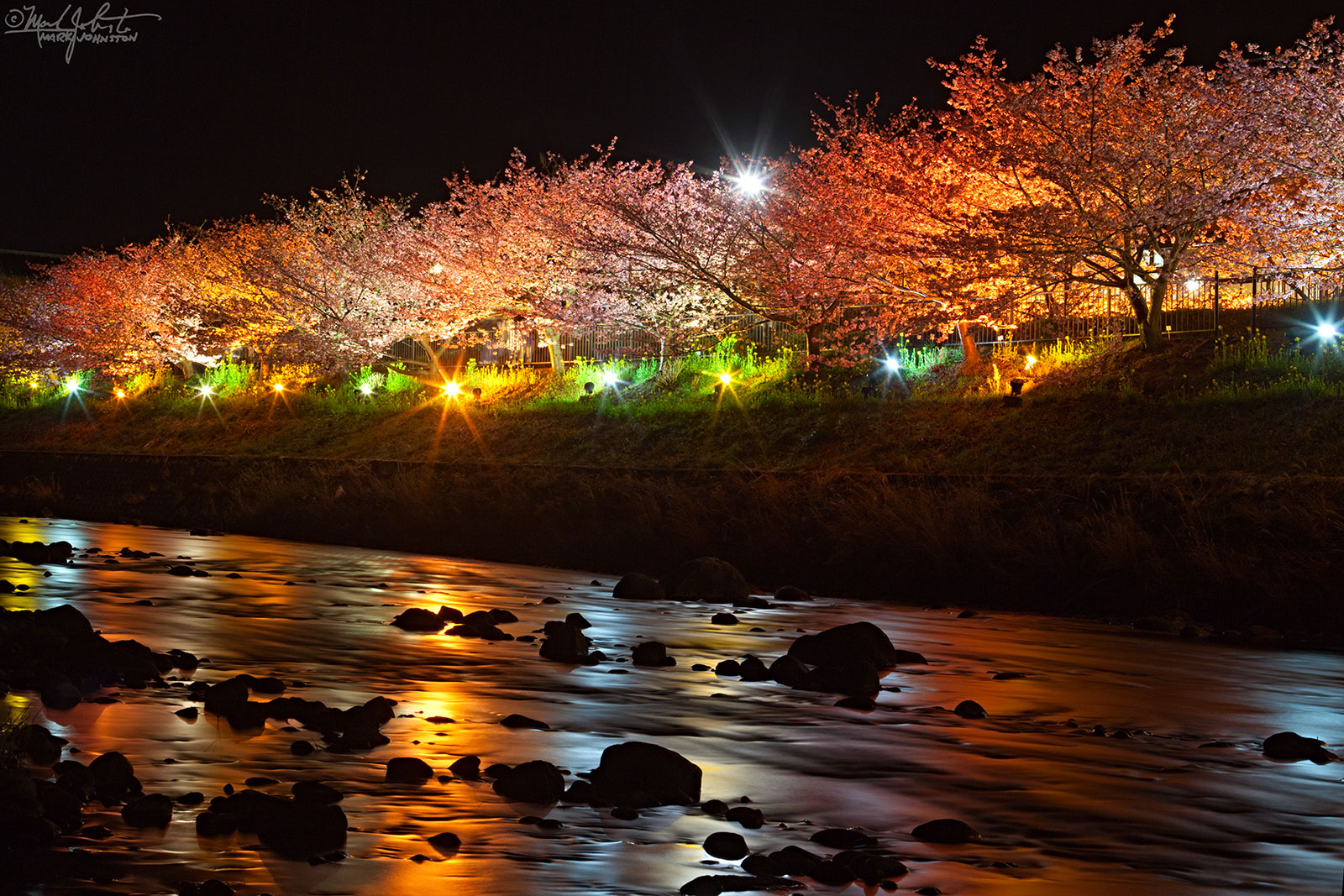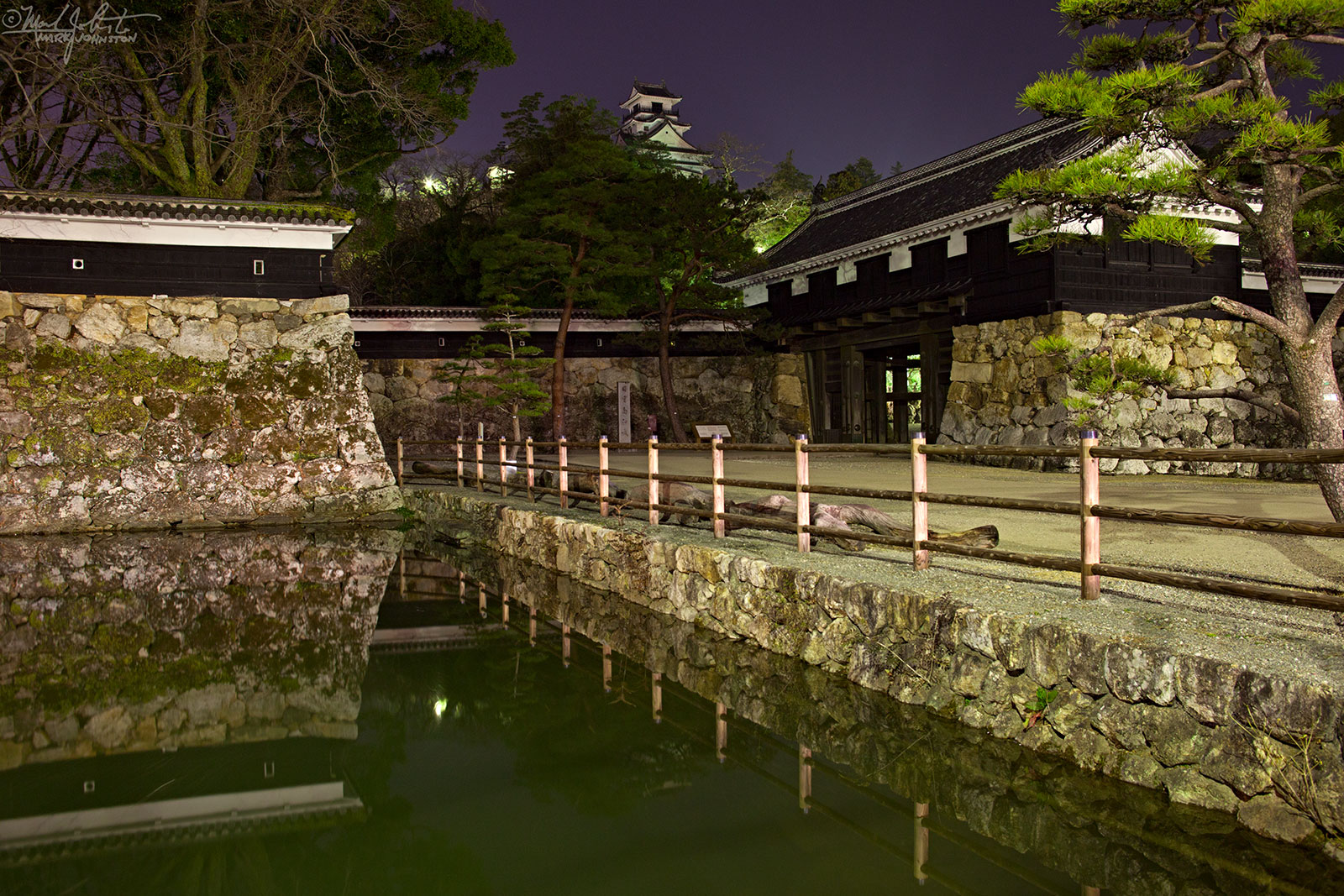Relocation
In the last 5 weeks, I have:
- Moved out of my apartment of 6 years in Ito
- Left Japan after 10 years, two-and-a-half months of residence
- Shared goodbye meals with some good friends with the hope that it won't be too long before I see them again
- Been living out of a suitcase, a hotel, and a rental car
During my residence in Japan, I had the chance to visit the USA at least a couple times a year, and during my years working with the Reno Air Races, I usually spent about two weeks in September immersed in American culture.
While in Japan, those visits to America always seemed like a dream, and while in America, Japan seemed like a dream. Maybe that's because I have so few friends who have straddled both worlds.
But I have always felt like both places had their special strengths and weaknesses, their unique attractions and flavors. And as I reached the decision during the early months of this year to leave Japan and return to the US, I began to focus more on those things that were hard to do in Japan, but easy to do in the USA:
- Take photos before sunrise: Japan lies at the eastern edge of its time zone, and the sun rises during mid-summer before 4:30 AM. And because I never owned a car, and always used public transport in Japan, it was impossible to be where I wanted to be at sunrise. So, I missed half of the magic hours that photographers cherish, only being able to shoot sunsets, but no sunrises. And since I lived on the east coast of the Izu Peninsula, with a tall range of mountains to the West, shooting sunsets required some travel. In the USA, I can drive to where I want to be whenever I want.
- Play music: we'll see how this goes. But my apartment in Ito was electronically very noisy. My building being one of the tallest in town, there were a lot of antennas on the roof, and I suspect they were the source of all of the hums and buzzes that I could never get rid of whenever I tried to do some recording in my apartment. I am hopeful that this won't be a problem when I move into a place here. And I also expect I can find some opportunities to play out in town - there were very few live music venues in Ito, and moving equipment was always a problem - it's hard to lug a guitar, much less an amp or anything else, on the bus or train.
- I can express myself: even after 10 years in Japan, I don't feel like I have the cultural context to express myself the way I can in American English. Not surprising, but still it is a pleasure to be able to speak with shades of meaning, and be playful with my native language, where I may have been only slightly better than, "See Spot run. Run, Spot, run!" when speaking Japanese.
Do I miss Japan? Every day.
Will I go back? I certainly plan to.
But in the meantime, there is lots to do here to get settled again. I feel lucky to be where I am in Colorado - from here in Boulder west across the Rockies into the Four Corners and down into Arizona is an area that contains some of my favorite territory in North America. I am lucky to be able to live here.
Exploration
I have already had some great hikes, and although my best camera gear is in storage awaiting delivery when I am able to receive it, I have been able to scout some places that I want to return to again.
This morning, I left my hotel at midnight, and drove an hour to the trailhead leading up to Long's Peak - one of Colorado's 53 so-called "14-ers" - mountains whose summits exceed 14,000 feet above see level.
I met up with two new friends from Denver [thanks, Glenn and Marble!], and we climbed through the darkness starting at 2:00 AM. By 3:00, we had climbed from about 9,400 to 11,000 feet and were above the tree line.
We were not alone: the parking lot was nearly full and there were lots of other hikers on the trail, getting an early start for the summit. I took this photo at 3:04 AM - the light traces from the headlamps of climbers bobbing in the darkness like giant fireflies.


























![Small "Izakaya" [literally, "a shop with alcohol", but perhaps more accurately translated as "pub"] like this are one of the best things about Japan. If you can learn a bit of the language, and take the time to build relationships, you can se…](https://images.squarespace-cdn.com/content/v1/5005dbf284aebe9f4d09d4f5/1344259004901-2X8JEH6MFB7590FNV6MZ/1105-iPhone-1131.jpg)


